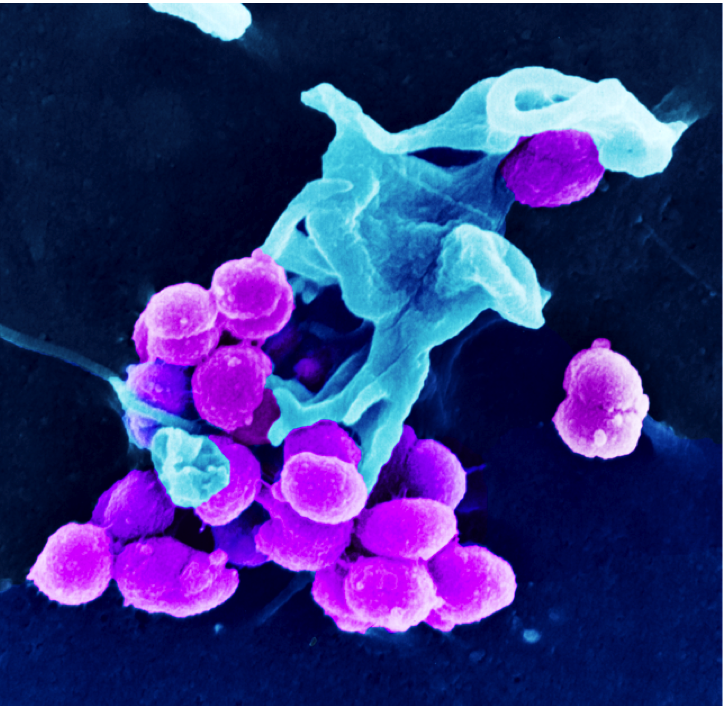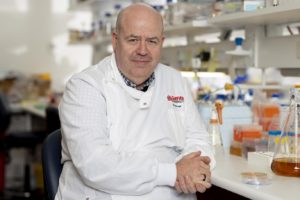
A team of researchers from Griffith University and the Abigail Wexner Research Institute at Nationwide Children’s Hospital in Ohio have discovered two new treatments that have the potential to prevent and cure gonorrhoea.
, Principal Research Leader and Deputy Director at Griffith’s , together with Dr Jennifer Edwards from the Abigail Wexner Research Institute at Nationwide Children’s Hospital and Ohio State University, led the research which has been published in .
Gonorrhoea is the second most commonly reported sexually transmitted infection (STI), affecting over 106 million people each year. Gonorrhoea is now a major public health threat, with alarming increases in incidence over the past five years (80% in Australia and 67% in the US).

The disease affects both men and women; however, alarmingly, up to 80% of female gonococcal cervicitis is asymptomatic and, when left untreated, can lead to pelvic inflammatory disease (40% of infected women) that can result in severe long-term health implications such as infertility, adverse pregnancy outcomes and devastating neonatal complications.
“Neisseria gonorrhoeae, the bacterium responsible for gonorrhoea infection, is highly variable and exquisitely host-adapted,” explained Professor Jennings. “Its treatment evasion strategies have seen resistance develop against every antibacterial ever used to treat it.
“Our data strongly indicate that two existing drugs, methlydopa and carbamazepine, can be repurposed to both prevent and cure gonorrhoea infection in women.”
Methlydopa is a prescription medication currently used for the treatment of hypertension in pregnant women, whilst carbamazepine is used for the treatment of epilepsy.
“Carbamazepine and methyldopa work by out-competing the bacteria for binding to a specific molecule (called CR3) on the human cell surface. Thus, these drugs block the bacteria from binding, but they also bind in a way that is slightly different from the way the bacteria bind,” Dr Edwards said.
“This causes the host cell to act differently than it would when the bacteria bind. That is, when the drugs bind to the host cell, they prime the cell to kill the bacteria.”
, Director of the Institute for Glycomics, said the research team’s data suggest a long-term solution to the growing problem of multidrug-resistant Neisseria gonorrhoeae infections.
“Given the absence of a gonococcal vaccine and the continued emergence of antibiotic-resistant and untreatable strains of Neisseria gonorrhoeae, this scientific finding provides a great deal of hope to millions of people around the globe who are battling this intractable disease.”
The research “” has been published in mBio.
Research reported in this publication was supported by the ³Ô¹ÏÍøÕ¾ Institute Of Allergy And Infectious Diseases of the ³Ô¹ÏÍøÕ¾ Institutes of Health under Award Number R01AI134848. The content is solely the responsibility of the authors and does not necessarily represent the official views of the ³Ô¹ÏÍøÕ¾ Institutes of Health.







